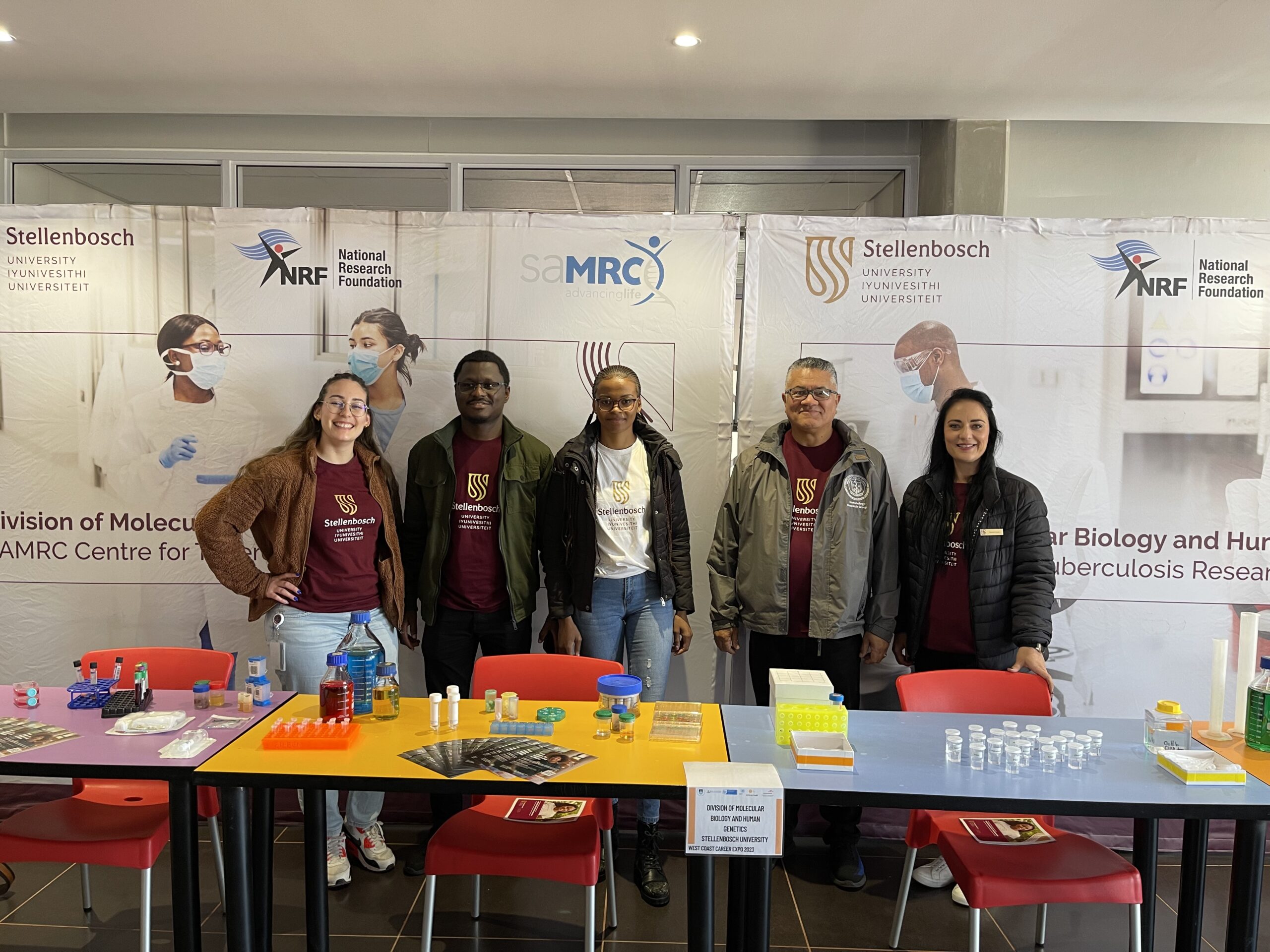Written by Leka Mhlophe
Children and scientists are more similar than one might think. There are many questions at the core of what both children and scientists are. For example, when a child asks “why?” several times for several hours, believe it or not, that is exactly what a scientist does. The world is fascinating, and the thirst for knowledge is fortunately never-ending for these two groups. So, like a cat dropping your expensive vase just to see what would happen, both children and scientists are driven by curiosity and a desire to understand the world around them. Honestly, I do like to think of myself as a child who was given a lot of money to just answer a couple of (albeit important) questions. We’re messy! We’re loud (just walk into the kitchen during lunch time)! Sometimes we put our clothes (read: lab coats) on backwards and also break things. Nevertheless, there seems to be a common misconception about scientists not enjoying being around children, when in fact it is something so natural given all the similarities between scientists and kids and is a reminder of why we became scientists in the first place.
Our department has been involved in many events where children are the focus of engagement, from World TB Day engagement in high-incidence communities to TB Under the Spotlight, various health awareness activities in schools in the Western Cape, the Eskom Science Expo, the Biomedical Sciences/Generation Science (GenS) Job Shadow programmes, and who can forget the #MBHGHipHop TB intervention? The bottom line, as evidenced by this extensive list of past and annual programmes as well as our recent involvement in the ArcelorMittal Foundation (AMF) Career Expo at Saldanha Bay, is that we love interacting with children.
The Faculty of Medicine and Health Sciences relies on our local communities to facilitate innovative research efforts and training of the next generation of healthcare professionals. As researchers, students, and healthcare professionals we are extremely grateful for this support and engagement and want to give back by spending time with the community and youth who will benefit from our work. We hope to inspire children and young adults to pursue their careers in Science, Technology, Engineering, Mathematics, and Innovation (STEMI) and make a positive impact on their communities.
For the AMF Career Expo, staff and student volunteers within the Department of Biomedical Sciences spent time with high school learners to offer much-needed career guidance linked to study and job opportunities available within the clinical research field with a fun twist. In our past interactions with the communities, we noticed that children really have limited knowledge as to the vast selection of careers are out there or which subjects are needed at school to study a particular degree and secure a certain job. Possibilities are truly endless, but many kids tend to restrict themselves to a select range of profession because they didn’t know what options were available to them. By providing youth with information on possible career paths and study opportunities available, as well as showcasing successful individuals from various backgrounds who have pursued their passions in these fields, we hoped to broaden their horizons and encourage them to explore all the opportunities that out there!
Naturally, at these types of events, you’re going to get a lot of questions – you’re hanging around a lot of kids. And oh boy, do kids say some of the darndest things! After exhibiting some of the various sample types we work with, one girl was absolutely convinced that she would have to work with stool samples if she decided to pursue an education at our department. After some reassurance and numerous questions later, she was steadfast in her future as a biomedical scientist, just like that! Another interesting interaction happened during our ELISA demonstration. We asked the learners to help us diagnose a set of “samples” with TB. All safe and fun, but so many students were so hesitant of interacting in the demonstration, fearing that they would contract the disease. We had to explain to them that the samples were not real and that there was no risk of contracting TB during the demonstration. Once they understood this, they eagerly participated and enjoyed learning about the diagnostic process. We had resources available for the learners to take home and peruse to help them make more informed decisions when selecting subjects and applying to universities, as well as advice from our personal experiences that landed us in our chosen career paths. This helped the learners feel more confident in their abilities to explore previously unknown career opportunities, and goodness how I wished I had such an expo when I was growing up!
With the way the event was set up, we had relatively small groups of students to talk to at a time which facilitated a more engaged and interactive exchange; however, the time was way too short as we had so several demonstration props to explain and so many questions to answer. But our stand looked immaculate (please follow us on social media), and despite the time constraint, we made sure to leave a lasting impression on each student, encouraging them to explore different career paths and pursue their passions.
My hopes for the students that we met during our time at the AMF Career Expo are that they were intrigued by the world of biomedical science, inspired by our researchers and their personal stories of how they become involved in clinical research, and that the learners gained a better understanding of the opportunities available to them. I am optimistic that these learners feel empowered to chase their dreams and have the confidence to pursue their interests, knowing that there are endless possibilities awaiting them in the future.

